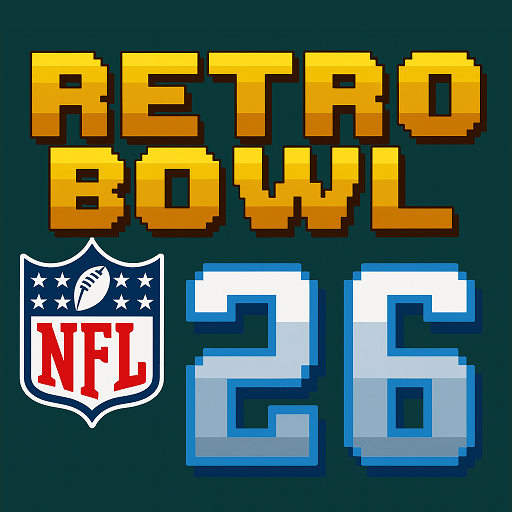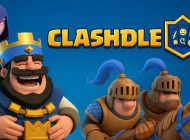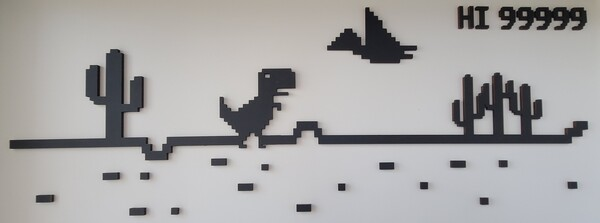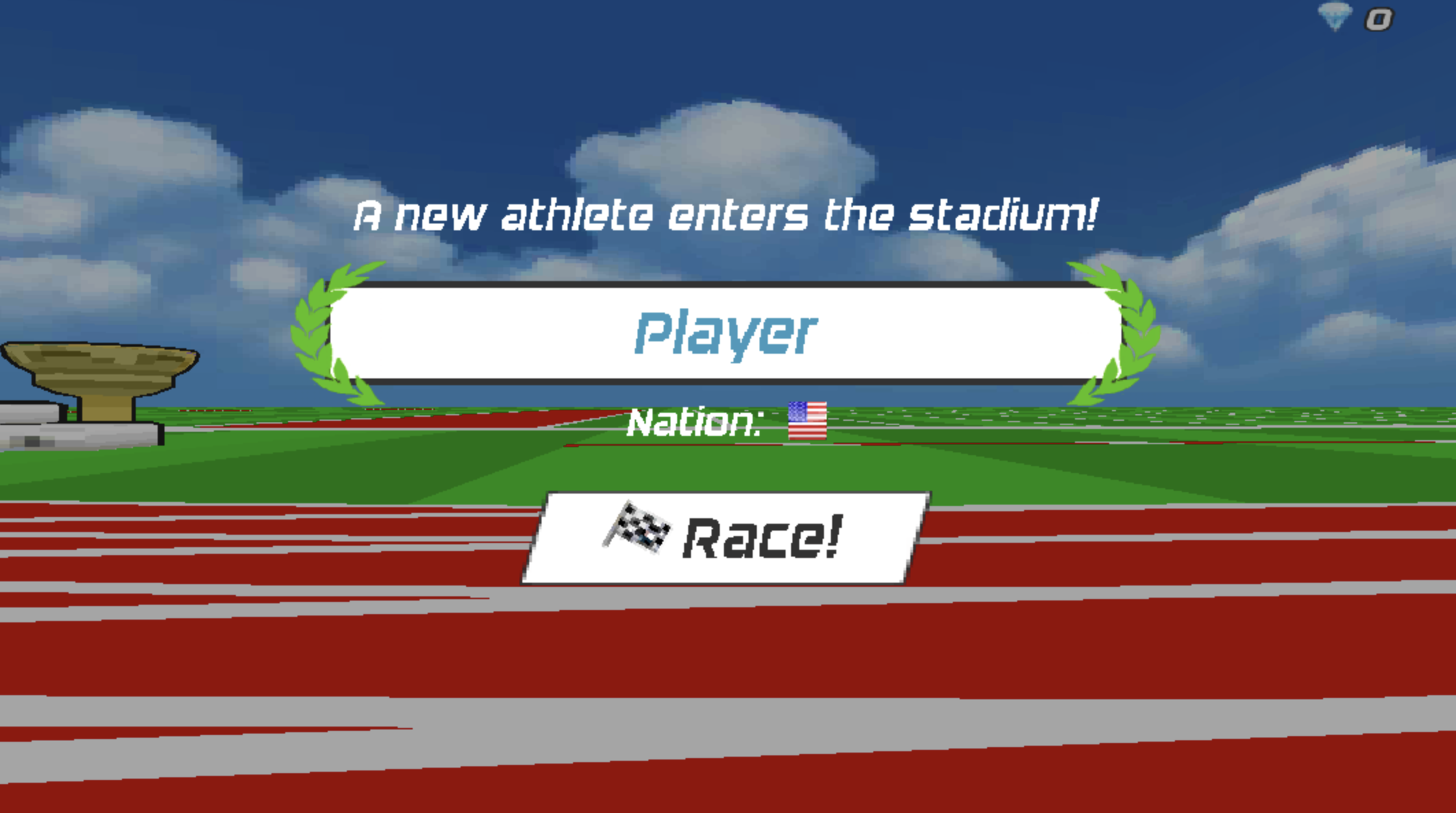Ride the waveform. Lock the rhythm.
Keep exploring
Keep your Bloxd io momentum going with more parkour trainers, builder sandboxes, and PvP standouts.

Retro Bowl 26

Pips NYT

Human Expenditure Program

Underwheels

Fireboy and Watergirl: Forest Temple

Clasherdle

Dino Game

Take Care of Your Own Hollyberry

Speed Stars

Fireboy and Watergirl: Elements
Feel the Beat, Follow the Waveform
What makes Geometry Dash Wave uniquely addictive
Geometry Dash Wave takes the relentless ship segments from the main series and turns them into a focused rhythm challenge. Instead of juggling portals, pads, and mixed modes, you live entirely inside the wave. Hold to climb, release to dive, and translate the soundtrack’s pulse into clean angular motion. Geometry Dash Wave turns every beat into a decision, every corridor into a pattern, and every mistake into a fast lesson you can correct on the next attempt.
Because Geometry Dash Wave strips away everything except the core mechanic, you can practice at game speed without loading full levels. That means more reps per minute, smoother muscle memory, and a clearer sense of how your inputs connect to the audio. Geometry Dash Wave rewards small, deliberate taps, but it also teaches when to commit to longer holds, how to exit a steep rise, and how to steady your rhythm after a panic save.
Simple inputs, high ceiling
Geometry Dash Wave uses a one-button input model that hides a huge range of nuance. Tiny pulses change your altitude a few pixels; longer presses carve steep diagonals; extended holds can rescue a bad line but set up a risky correction next. Geometry Dash Wave turns this into a dance with the soundtrack, asking you to feel where the downbeat lands and where hazards are timed to appear. The more you internalize the track, the less you stare at obstacles and the more you ride their timing.
Practice modes that respect your time
Geometry Dash Wave supports quick restarts and optional checkpoints so you can drill a nasty micro-gap or a brutal switchback without slogging through earlier sections. Use the easier tiers to warm up wrists and calibrate rhythm, then step into tighter tunnels where Geometry Dash Wave forces you to compress inputs into rapid pulses. This pacing lets you build confidence in minutes and convert it into consistency over longer sessions.
How to turn rhythm into clean lines
1) Map the beat before you chase it. Let Geometry Dash Wave play for a few seconds with minimal movement to absorb the track’s accents. Notice where hazards spawn on the beat, where they sync on the offbeat, and where the song intentionally fakes you out. Geometry Dash Wave rewards awareness more than reflex alone.
2) Use micro pulses as your default. Geometry Dash Wave becomes safer when your baseline input is a quick tap, not a long hold. Micro pulses give room to correct and keep your angle shallow until you intentionally escalate.
3) Commit, then exit. When a steep climb is mandatory, Geometry Dash Wave asks you to hold confidently, then release at a planned landmark (e.g., the top of a column or the second kick drum) to snap back to a manageable slope. This commit-and-exit rhythm is the backbone of clean wave paths.
4) Reset your heartbeat after a save. Geometry Dash Wave is won by returning to steady rhythm after emergencies. If a desperate hold keeps you alive, immediately downshift to pulses on the next open space to re-sync with the track.
Warm-up to mastery plan
Phase A: Foundation (3–5 minutes) — Cruise an easy corridor in Geometry Dash Wave using only micro pulses. Aim for even spacing between taps and track whether your ship climbs or drops more than intended. The goal is to make your baseline slope predictable.
Phase B: Angle control (5 minutes) — On a medium tier, alternate four pulses with one longer press, repeating through the song. Geometry Dash Wave will teach you how much extra height the longer press adds and how quickly you must release to avoid the ceiling.
Phase C: Checkpoint drilling (5–10 minutes) — Drop a checkpoint before a tight micro-gap sequence. In Geometry Dash Wave, attempt the same 3–5 turns until you can pass them three times in a row without a near-miss. Move the checkpoint forward and repeat. This converts isolated success into consistent progress.
Phase D: Endurance (5 minutes) — Run a full track at your current tier without checkpoints. Geometry Dash Wave will expose where fatigue breaks your pulse spacing. Note the timestamp of failures and create new drill checkpoints there next session.
Why the soundtrack matters
Rhythm isn’t window dressing; it’s the blueprint. Geometry Dash Wave aligns hazard entrances and exits with kick drums, snares, and synth stabs. Treat each accent like a turning gate: angle up on the kick, level out on the snare, dive on the offbeat. The best Geometry Dash Wave runs feel like tracing the waveform itself, with your inputs forming a secondary percussion layer that locks to the groove. When the music shifts energy, expect the corridor to compress or open in response.
Common mistakes and fixes
Over-holding on climbs. In Geometry Dash Wave this causes ceiling bumps that force panicked dives. Fix it by counting a short beat aloud (one-and) during steep rises and releasing on the “and.”
Panic double-tapping. Geometry Dash Wave punishes clustered taps that flatten your angle then spike it. Train with a metronome feel: if you add a rescue tap, skip the next pulse to re-align.
Ignoring lane markers. Many Geometry Dash Wave stages include visual guides: background grids, repeating decorations, or beat-synced lights. Use them as altitude references to time releases.
Who benefits from focused wave training
Speedrunners use Geometry Dash Wave to maintain precision under pressure; creators test corridor fairness against real inputs; casual players get a fast, satisfying practice loop without investing a full level’s length. If you stream or record clips, Geometry Dash Wave also produces highlightable moments quickly thanks to instant retries and musical payoffs on every clean pass.
Settings and setup tips
Play Geometry Dash Wave in a distraction-free tab, close heavy background apps, and keep a stable framerate. Consider mapping your preferred input to match your main setup (mouse, spacebar, or a lightweight keyboard switch). Geometry Dash Wave feels better when your hardware latency is low and your seating lets your wrist relax. Keep water nearby; brief breaks every few songs reset tension and improve control.
Mini FAQ
Is this good prep for demon levels? Yes. Geometry Dash Wave isolates the hardest ship discipline so your full-level attempts start calmer and cleaner.
Mouse or keyboard? Either works. Geometry Dash Wave favors whatever gives you the steadiest pulse spacing. Many players prefer mouse for analog feel; others like the consistency of a key.
How long to see improvement? With 10–15 focused minutes, Geometry Dash Wave usually smooths your angles and reduces emergency holds. Track progress by timing how long you last into a song before your first error.
Start your session
Load a forgiving tier, breathe with the beat, and let Geometry Dash Wave teach your hands to draw audio. When the music swells, commit; when it relaxes, pulse. Keep your line clean, your inputs musical, and your restarts immediate. Geometry Dash Wave turns practice into performance—one beat-true corridor at a time.
Ride the waveform. Lock the rhythm. is ready to play
Train precise wave angles and rhythm control to clear razor corridors. Master checkpoints, fast restarts, and tiered drills to boost timing and consistency fast.
Share Ride the waveform. Lock the rhythm.
Spread the word, invite friends, or bookmark this page to revisit the story whenever you need it.